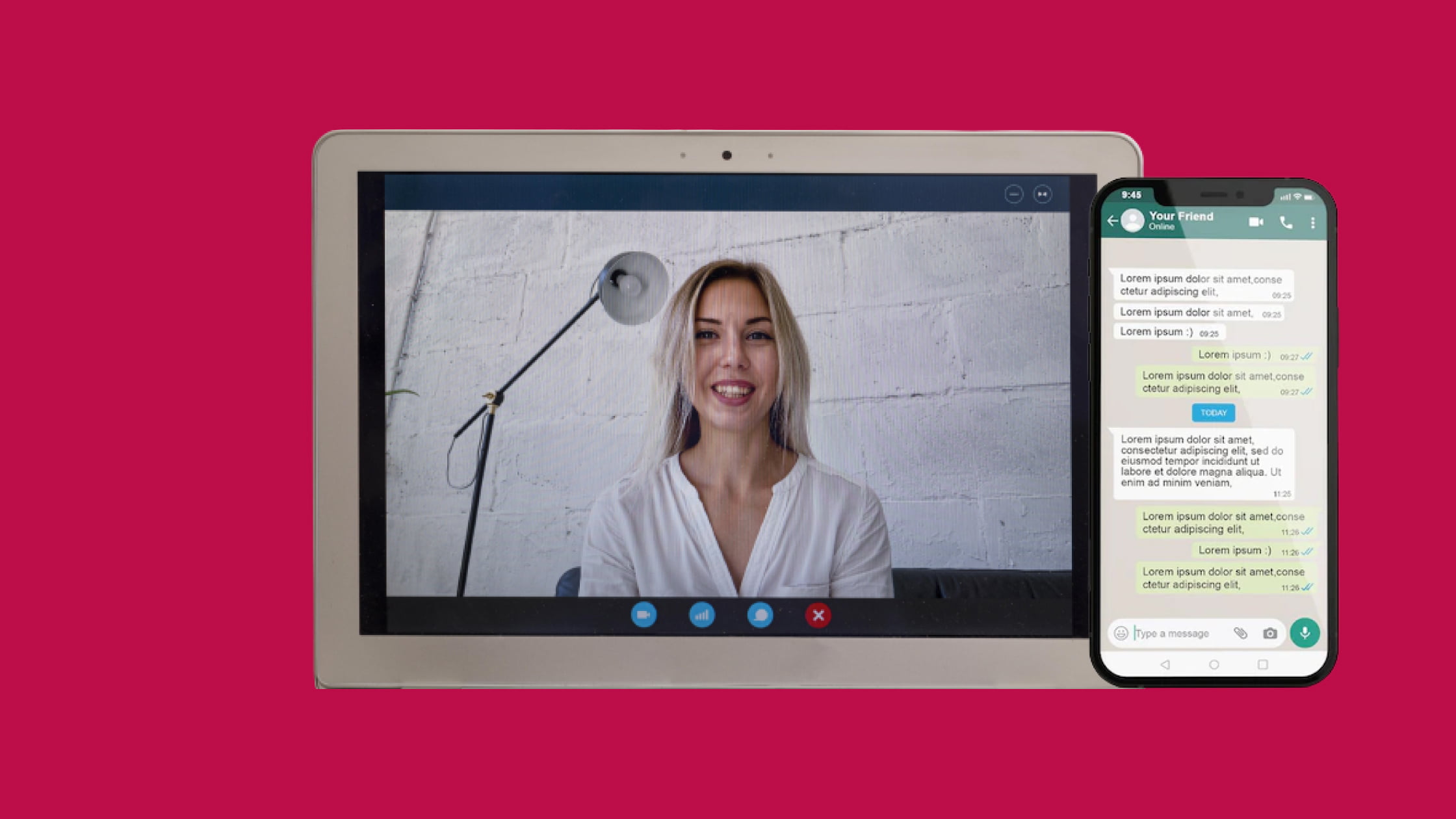
The Top 10 Barriers to the Adoption of Live Chat Software SDK
Multiple barriers exist while adopting live chat software SDKs. Read this article to understand the top 10 barriers to the adoption of live chat software SDK.
Introduction
An SDK is a collection of software development tools that allow developers to create applications for a specific platform. SDKs typically include a compiler, debugger, and other tools necessary for developing applications. Some SDKs include libraries and sample code developers can use to create their applications.
There are many reasons why live chat software should adopt an SDK. SDKs can help developers create applications faster and easier. They can also help ensure that applications are compatible with a specific platform. In addition, SDKs can provide developers with access to libraries and other resources that they can use to create better applications.
Despite the barriers, customers anticipate live chat becoming a new norm in customer assistance. Live chat offers the highest degree of customer satisfaction (73%), compared to 61% for email support and 44% for phone assistance. Because of the rapid responses, 79% of consumers prefer live chat help.
Several barriers can prevent developers from adopting an SDK. Some of them are:
1. Lack of Awareness of the Benefits of Live Chat Software SDK:
One of the main barriers to the adoption of live chat software SDK is the lack of understanding of the benefits of the technology. Many businesses are unaware of the advantages of using live chat software SDKs, such as improved customer service, increased sales, and improved communication. One way to help remove this barrier is to educate businesses about the potential benefits of live chat software SDK.
2. Lack of Understanding of How Live Chat Software SDK Works:
Another barrier to the adoption of SDK is the lack of knowledge of how the technology works. Many businesses are unfamiliar with the technical aspects of live chat software SDK, making it challenging to implement and use the technology. One way to help remove this barrier is to provide businesses with training and support on using live chat software SDK.
3. Concerns about the Security and Privacy of Live Chat Software SDK:
Another barrier to adopting live chat software SDK is the concern about security and privacy. Live chat software SDK uses various security measures to protect the information of businesses and customers. There are some concerns about the safety of the technology. One way to remove this barrier is to provide businesses with more information about security and privacy measures.
4. Lack of Support from Live Chat Software SDK Providers:
A fourth barrier to the adoption of live chat software SDK is the lack of support from live chat software SDK providers. Many live chat software SDK providers do not offer support to businesses that use the technology, making it difficult to use the software. One way to help remove this barrier is to find live chat software SDK providers that offer support to businesses.
5. Cost of Live Chat Software SDK:
A fifth barrier to the adoption of live chat SDK software is the technology’s cost. Live chat software SDK is a relatively new technology, and the cost of the software can be prohibitive for some businesses. One way to help remove this barrier is to find live chat software SDK providers that offer discounts or free trials to businesses.
6. Compatibility Issues with Existing Systems:
The sixth barrier to adopting live chat software SDK is compatibility issues with current systems. Many businesses have existing customer relationship management (CRM) or enterprise resource planning (ERP) systems incompatible with live chat software SDK. One way to help remove this barrier is to find live chat software SDK providers that offer compatibility with existing systems.
7. Lack of Trained Staff to Use Live Chat Software SDK:
A seventh barrier to the adoption of SDK is the lack of professional staff to use the technology. Live chat software SDK requires a certain level of training to use effectively, and many businesses do not have the resources to train their staff on using the software. One way to help remove this barrier is to find live chat software SDK providers that offer business training and support.
8. Resistance from Employees Who Prefer Other Communication Methods:
An eighth barrier to the adoption of a swift live chat software SDK is the resistance from employees who prefer other communication methods. Many employees are used to communicating via email or phone and may be resistant to using live chat software SDK. One way to help remove this barrier is to provide employees with training and support on using live chat software SDK.
9. Language Barriers for International Businesses:
A ninth barrier to adopting live chat SDK is the language barrier for multinational companies. Live chat software SDK is typically used in English, but the software supports other languages. One way to help remove this barrier is to find a swift live chat software SDK providers that offer support in multiple languages.
10. Geographical Barriers for Businesses in Remote Areas:
A tenth barrier to adopting live chat software SDK is the geographical barriers for businesses in remote areas. Live chat software SDK is typically used in English, but the software supports other languages. One way to help remove this barrier is to find live chat software SDK providers that offer support in multiple languages.
Conclusion
There are many barriers to the adoption of live chat software SDK. These are:
- Lack of awareness of the benefits of the technology
- Lack of understanding of how the technology works
- Concerns about the security and privacy of the technology
- Lack of support from live chat software SDK providers
- Cost of live chat software SDK
- Compatibility issues with existing systems
- Lack of trained staff to use live chat software SDK
- Resistance from employees who prefer other communication methods
- Language barriers for international businesses
- Geographical barriers for businesses in remote areas
One way to help remove these barriers is to educate businesses about the potential benefits of live chat software SDK and provide businesses with training and support on how to use the technology.
Temasys’ Skylink Cube is the videoconferencing solution that helps remove barriers to adopting SDKs by providing tools and services that make it easy to develop and deploy applications using SDKs. Skylink also provides a community forum where developers can ask questions and get help from other developers.



